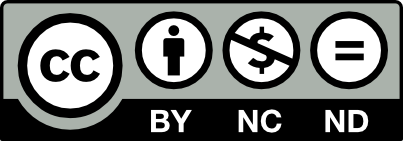Maritime dispute (Peru v. Chile): the germ of tacit agreement in Peruvians arguments
DOI:
https://doi.org/10.36151/Keywords:
International Court of Justice, maritime dispute Peru c. Chile, maritime delimitation, tacit agreement, supreme decree 781 of 1947, Declaration of Santiago of 1952, Agreement relating to a Special Maritime Frontier Zone of 1954Abstract
On January 16, 2008, Peru filed a lawsuit against Chile concerning the delimitation of the border between the maritime zones of the two States in the Pacific Ocean. In its application, Peru argued that "the maritime zones between Chile and Peru have never been defined by agreement or otherwise" and that, consequently, "the delimitation will be determined by the Court in accordance with customary international law." The delimitation was to begin at a point on the coast called Concordia, the terminus of the land boundary established under the 1929 Treaty, and the court was also requested the recognition in favour of Peru of a "maritime zone situated 200 nautical miles Peruvian coast, pertaining to Peru, but that Chile considers part of the high sea ". The Judgment was rendered on January 27, 2014. The Court, by an overwhelming majority (15-1), concluded that there was a prior tacit agreement between the parties. In the operative part of the judgment, the Court decided that the tacitly agreed maritime boundary starts at the intersection of the parallel of latitude that passes through Boundary Marker No. 1 with the low tide line and extends for 80 nautical miles along That Parallel of latitude. From this point, the maritime boundary extends along the equidistance line until reaching the high seas. This article seeks to demonstrate that the tacit agreement of the Court's ruling in the maritime dispute between Peru and Chile is an artificial creation of the Peruvian ad hoc judge, Gilbert Guillaume, compelled by the need to cover the gaps that Throughout the procedure was leaving the Peruvian argument.
Downloads
Downloads
Published
Issue
Section
License
Copyright (c) 2025 Revista Electrónica de Estudios Internacionales

This work is licensed under a Creative Commons Attribution-NonCommercial-NoDerivatives 4.0 International License.



